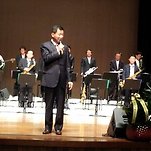게시글 본문내용
|
|
다음검색
출처: 대한 에스라 성서 연구원 원문보기 글쓴이: 장기용(원장)
댓글
검색 옵션 선택상자
댓글내용선택됨
옵션 더 보기

